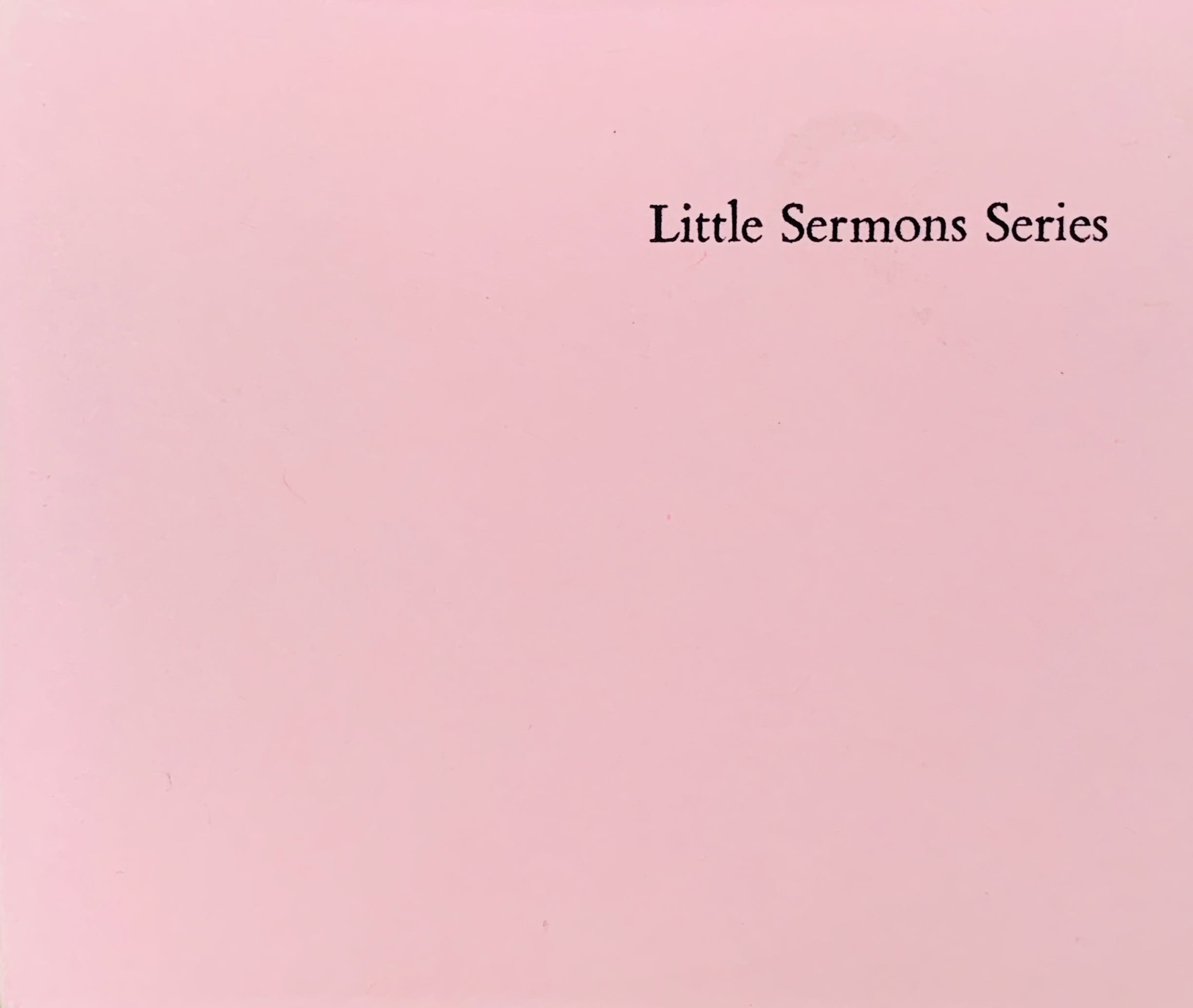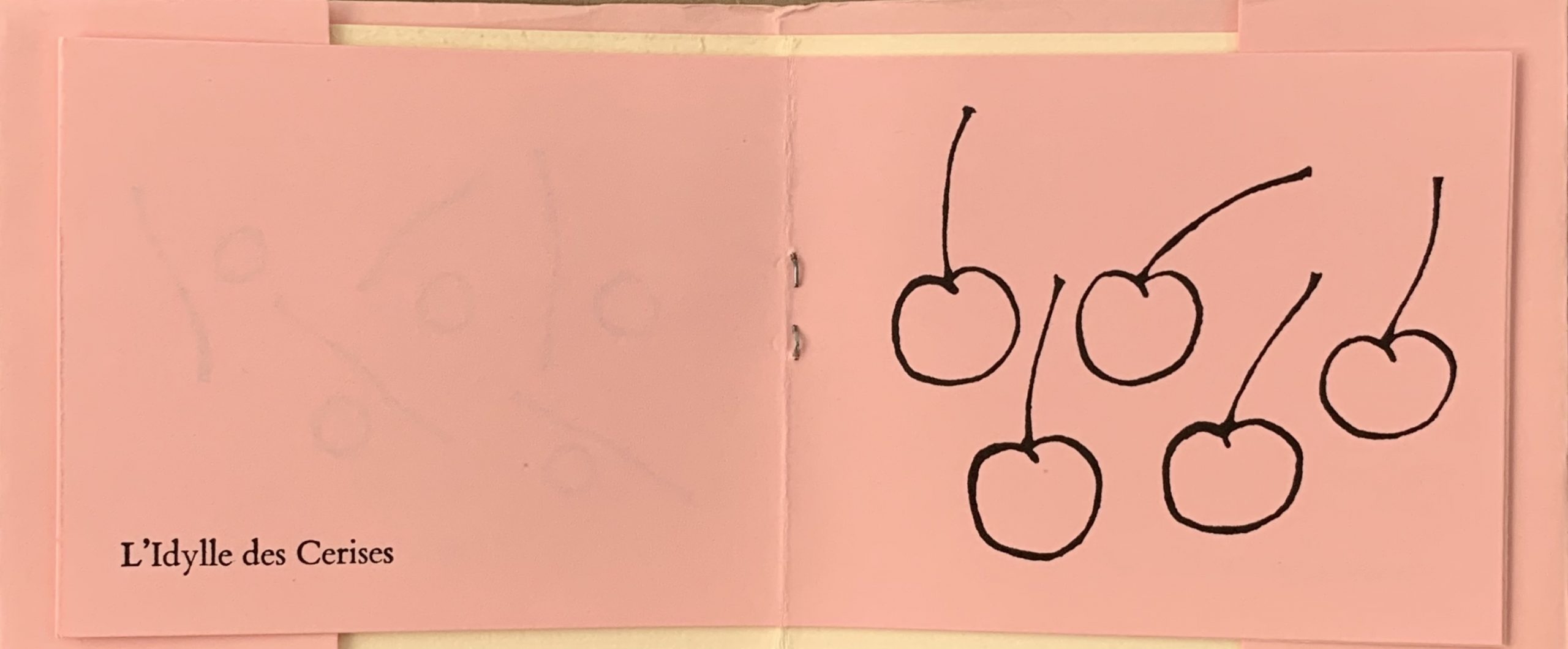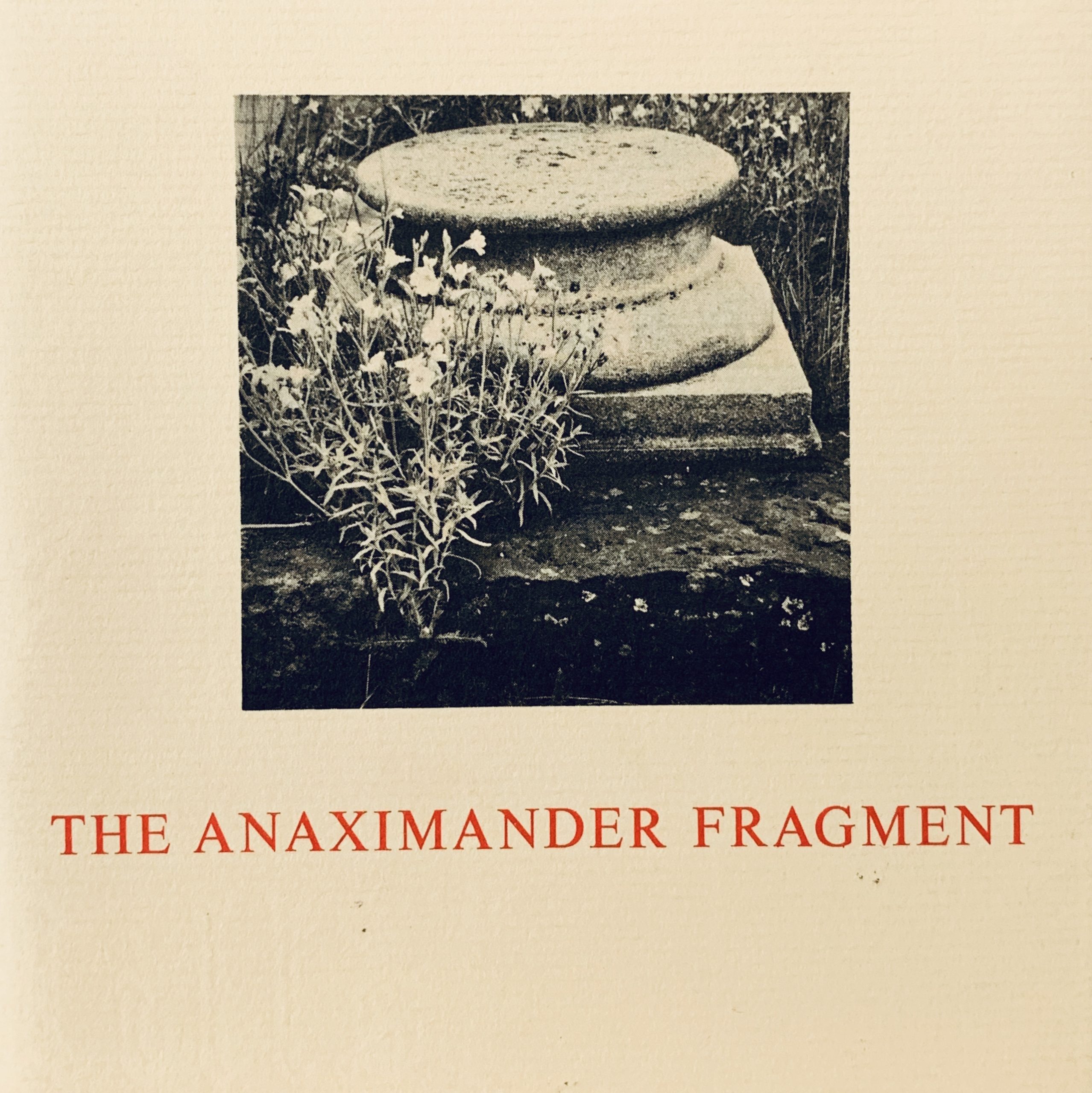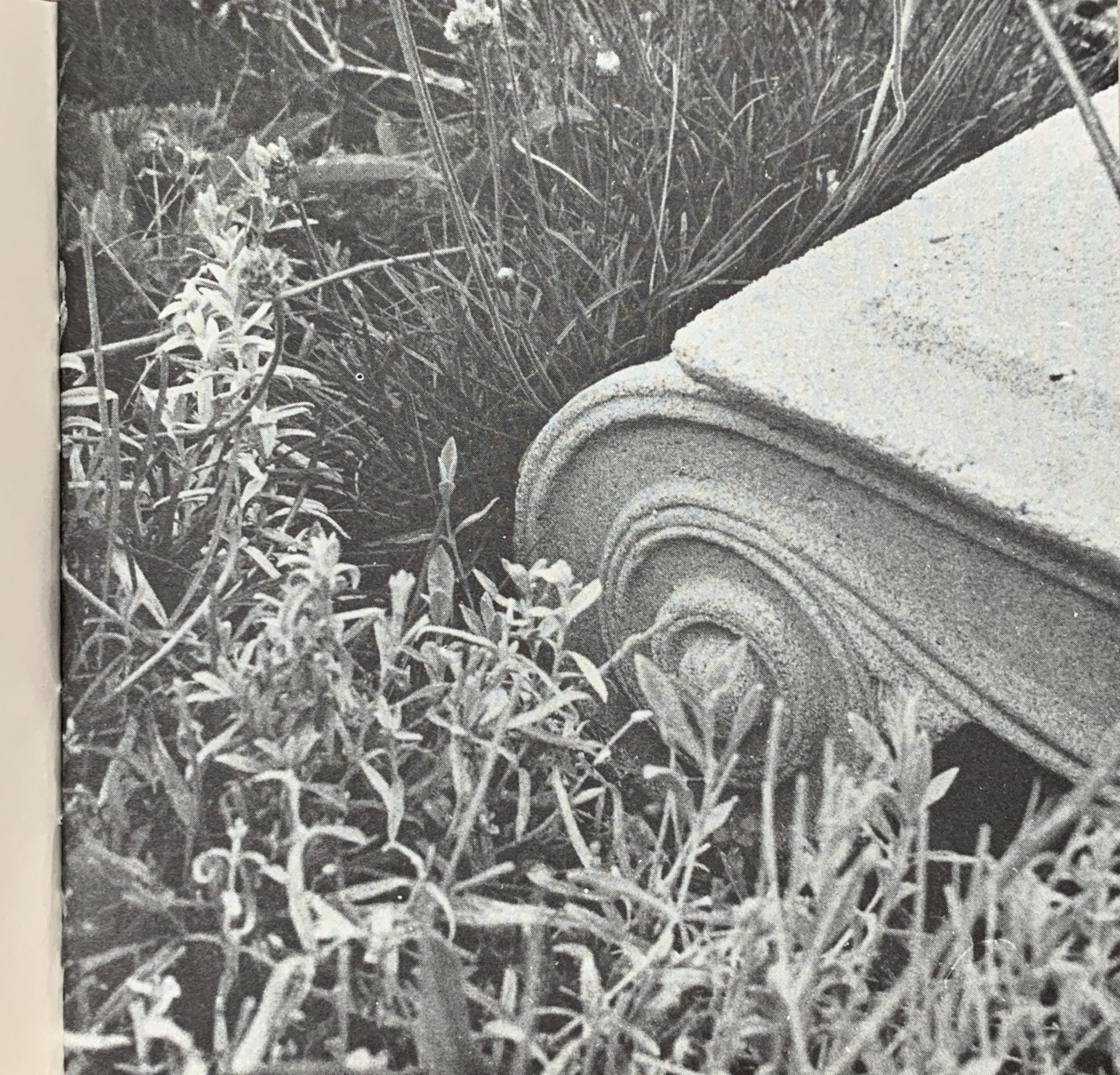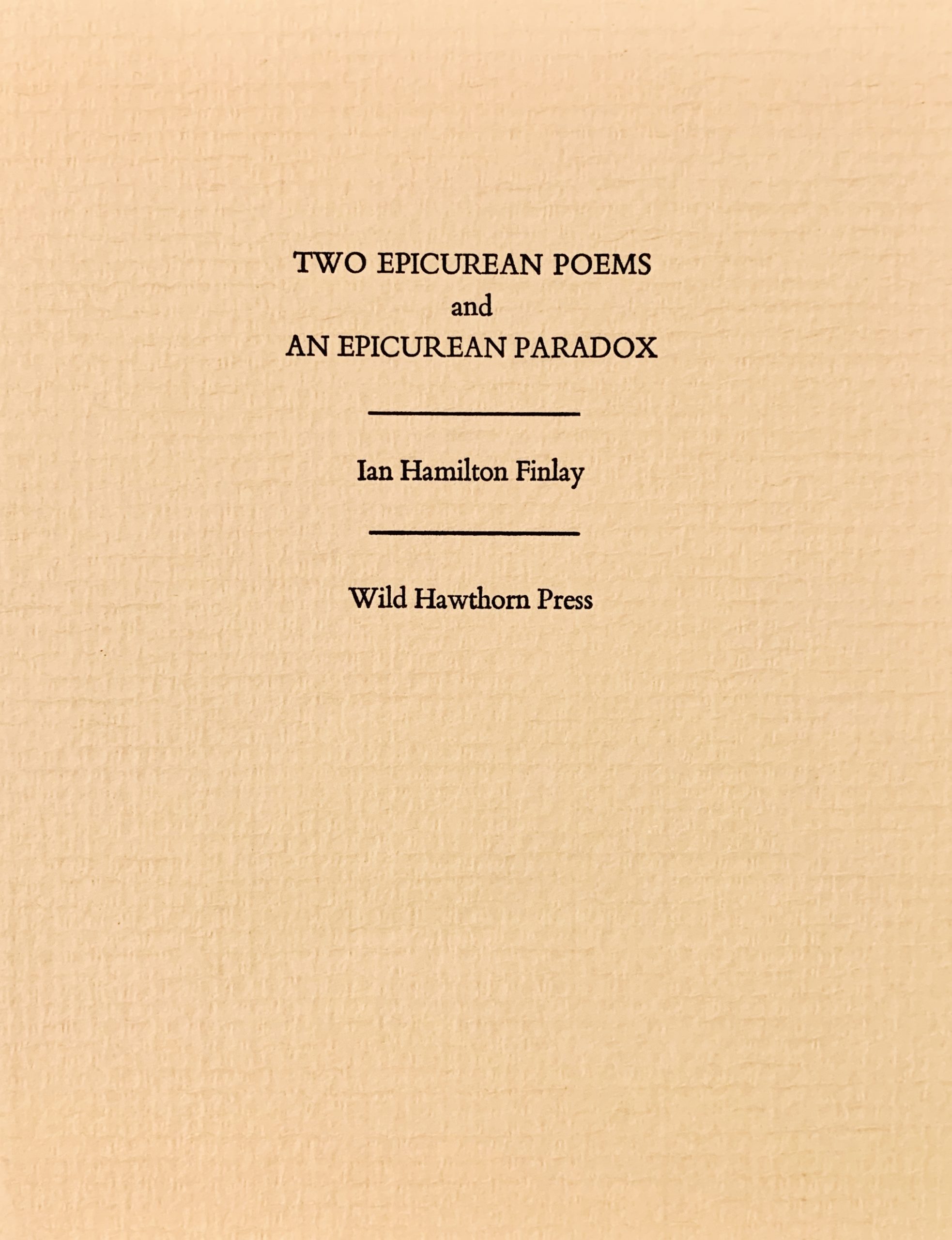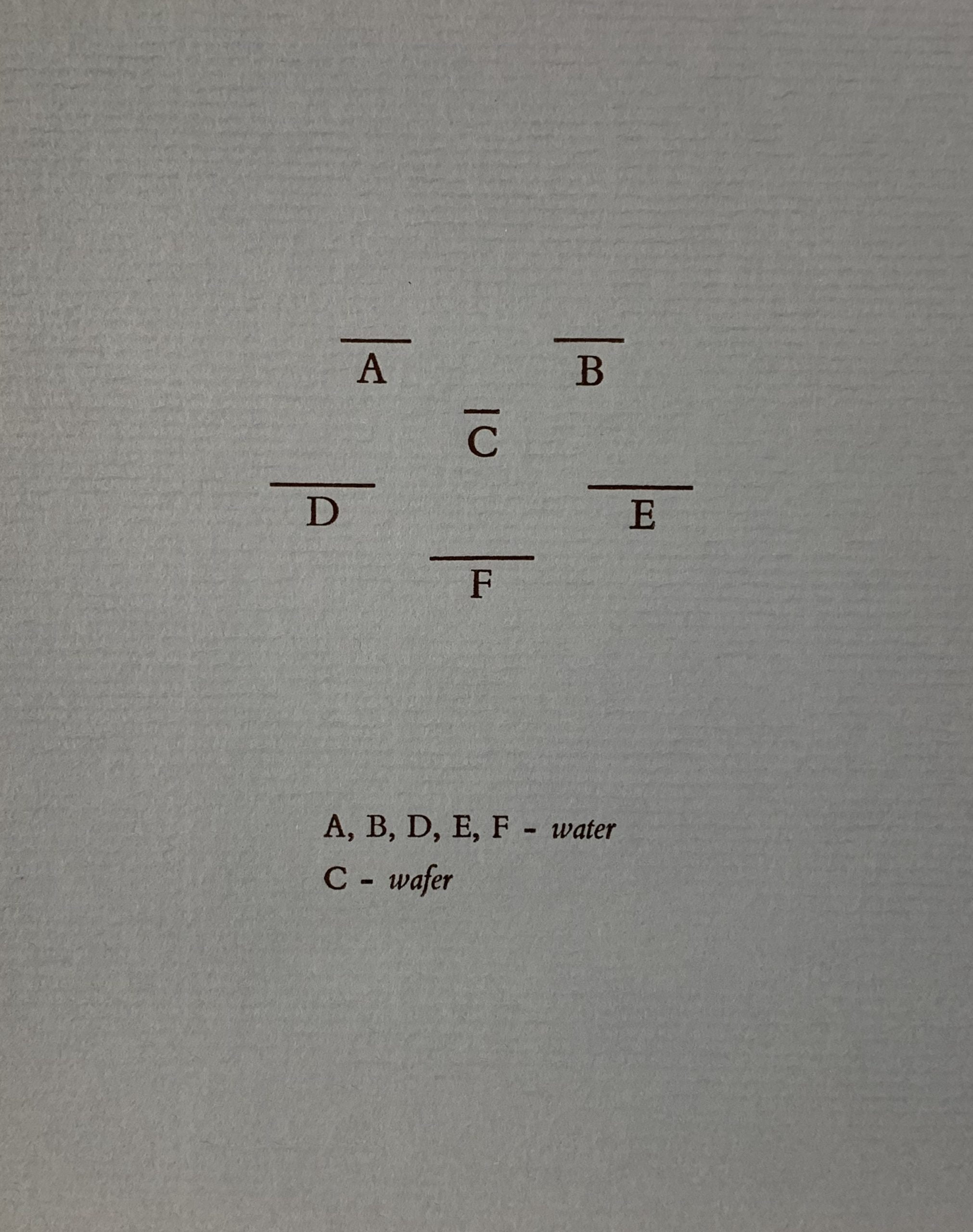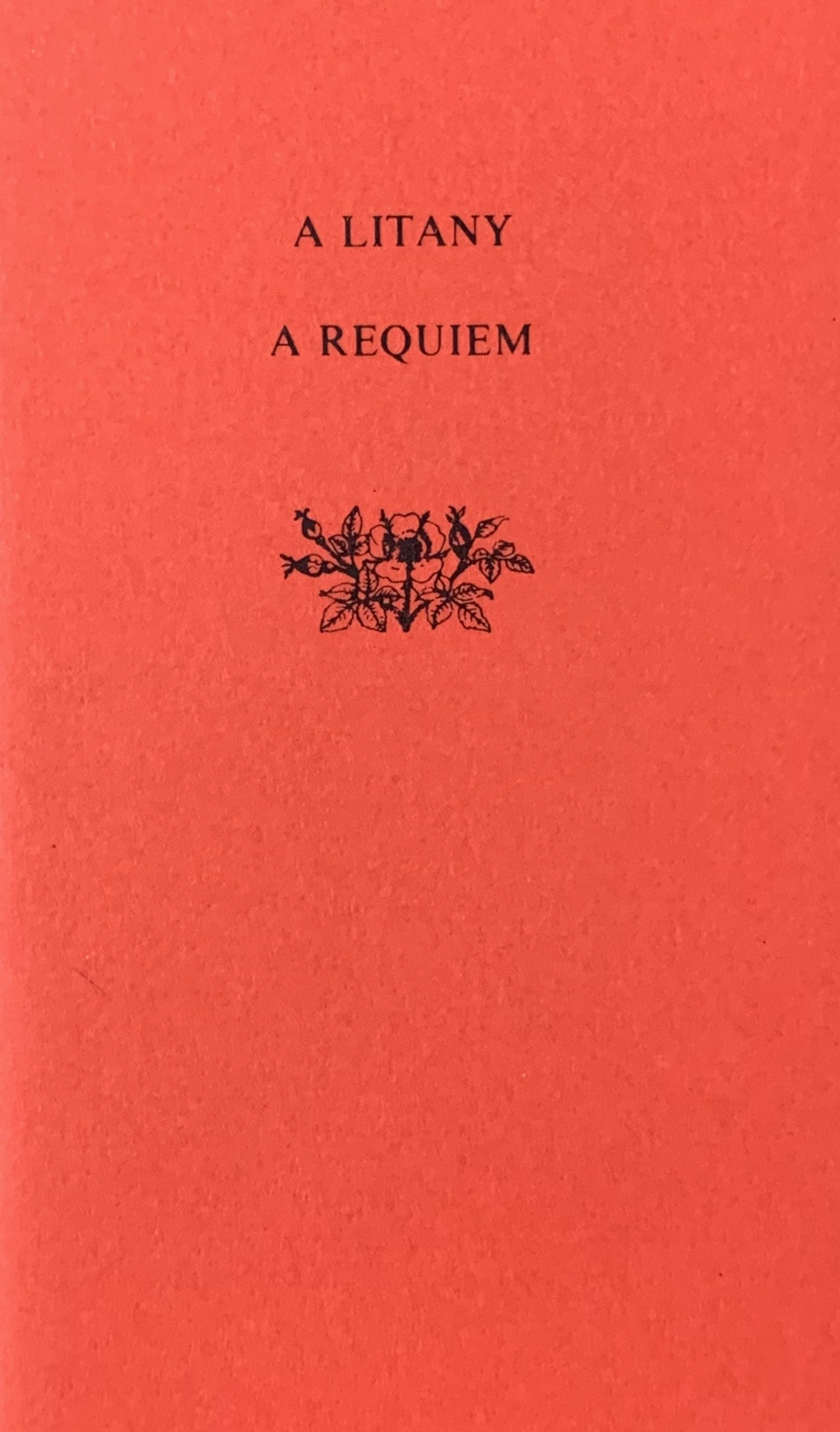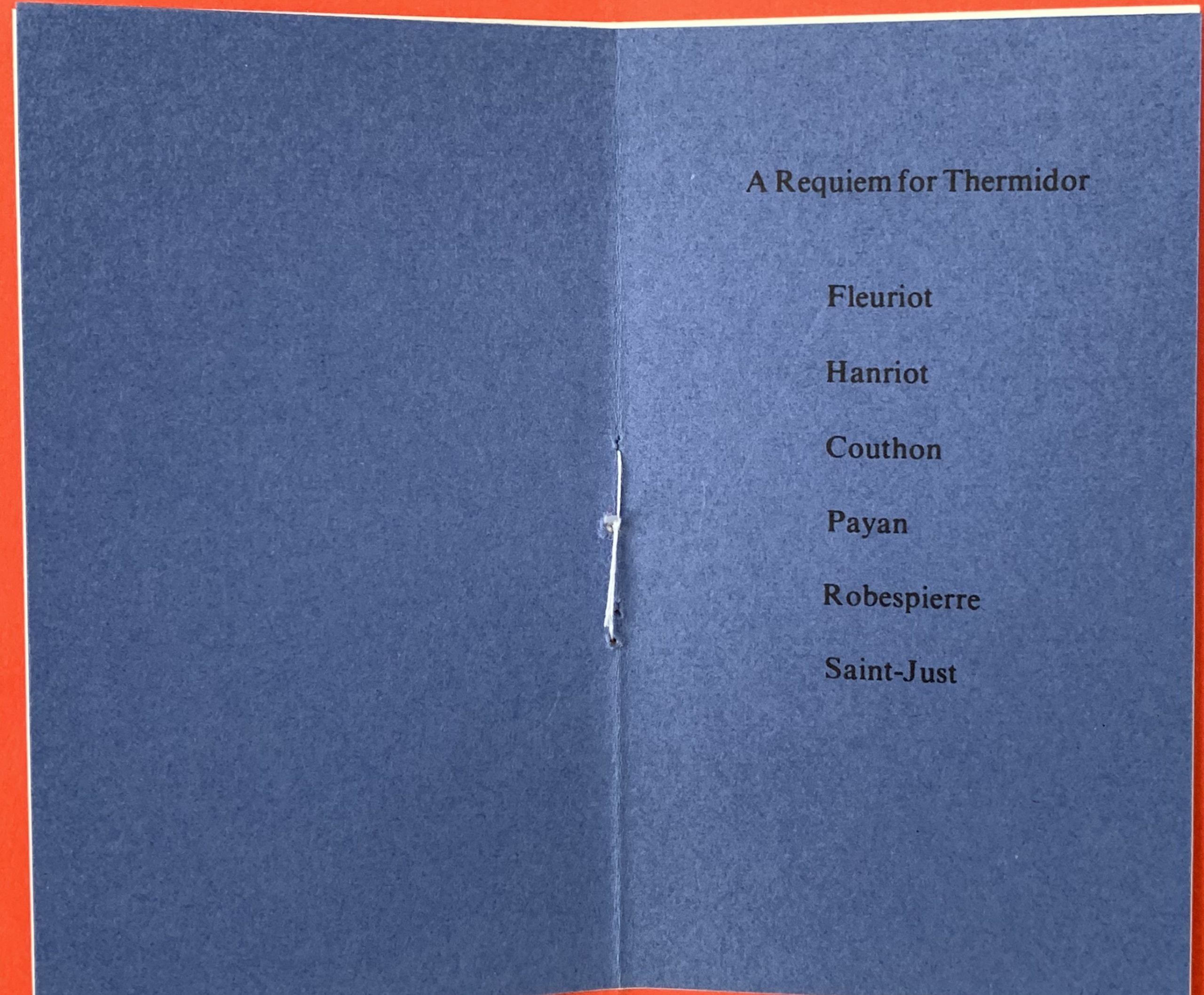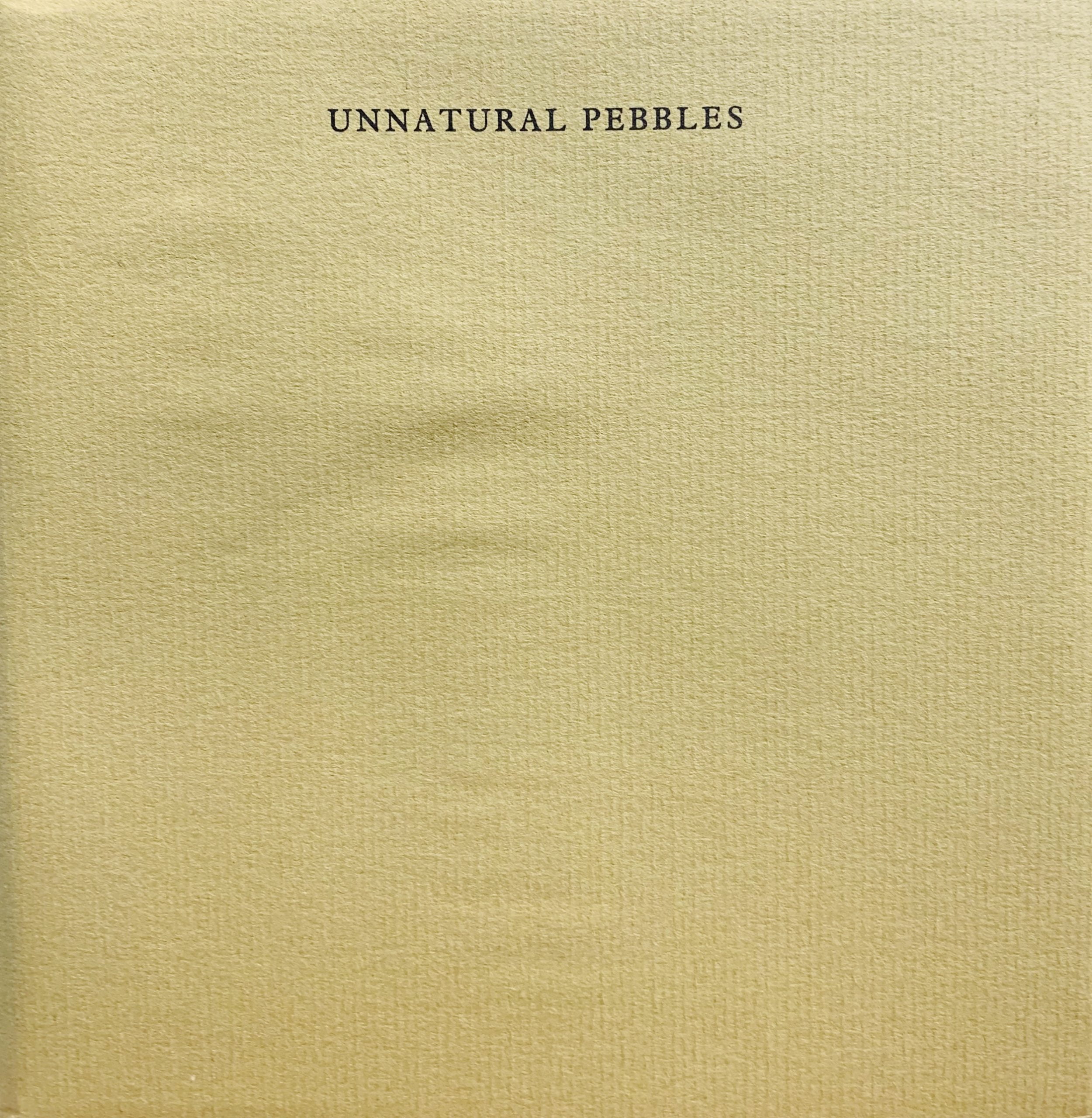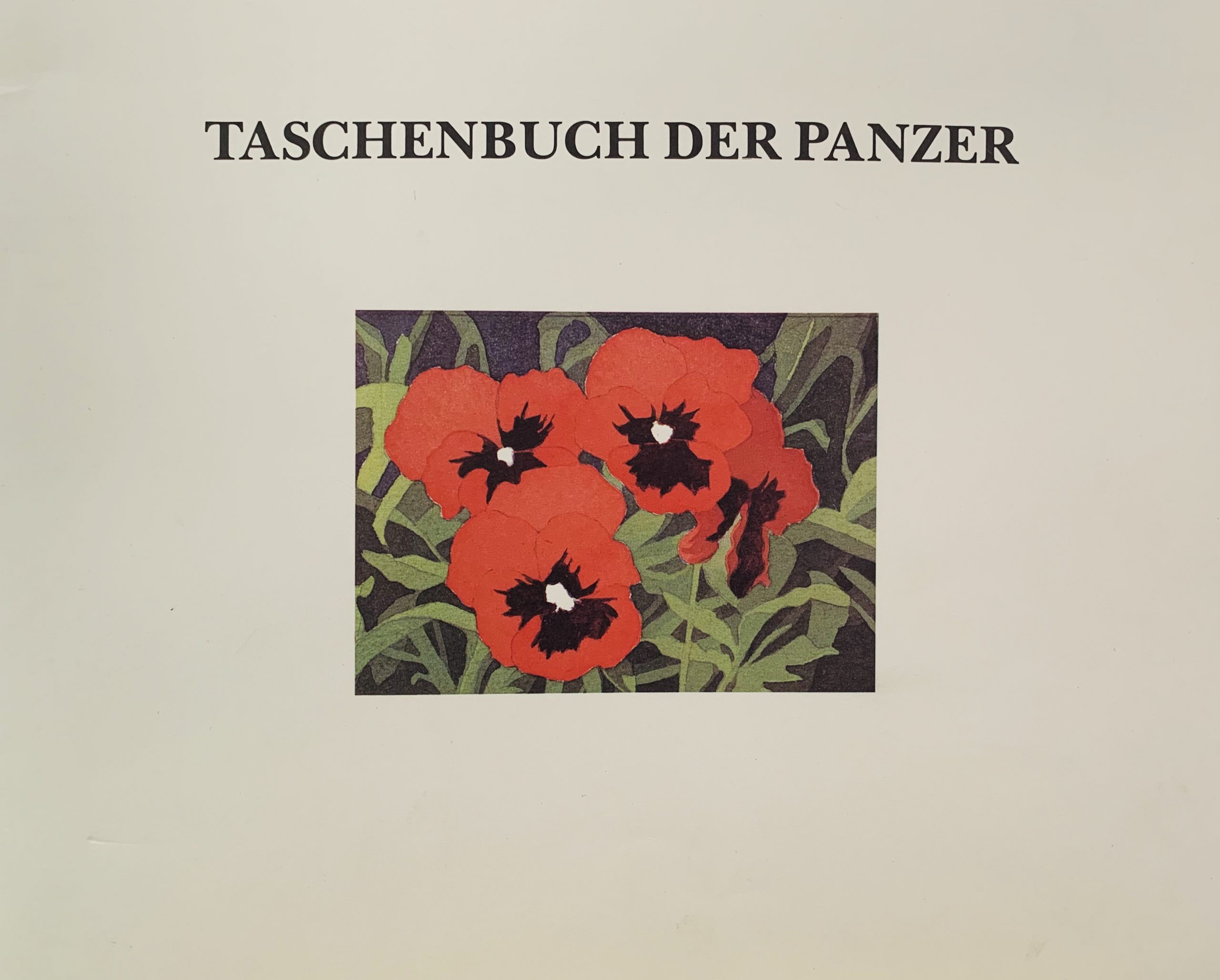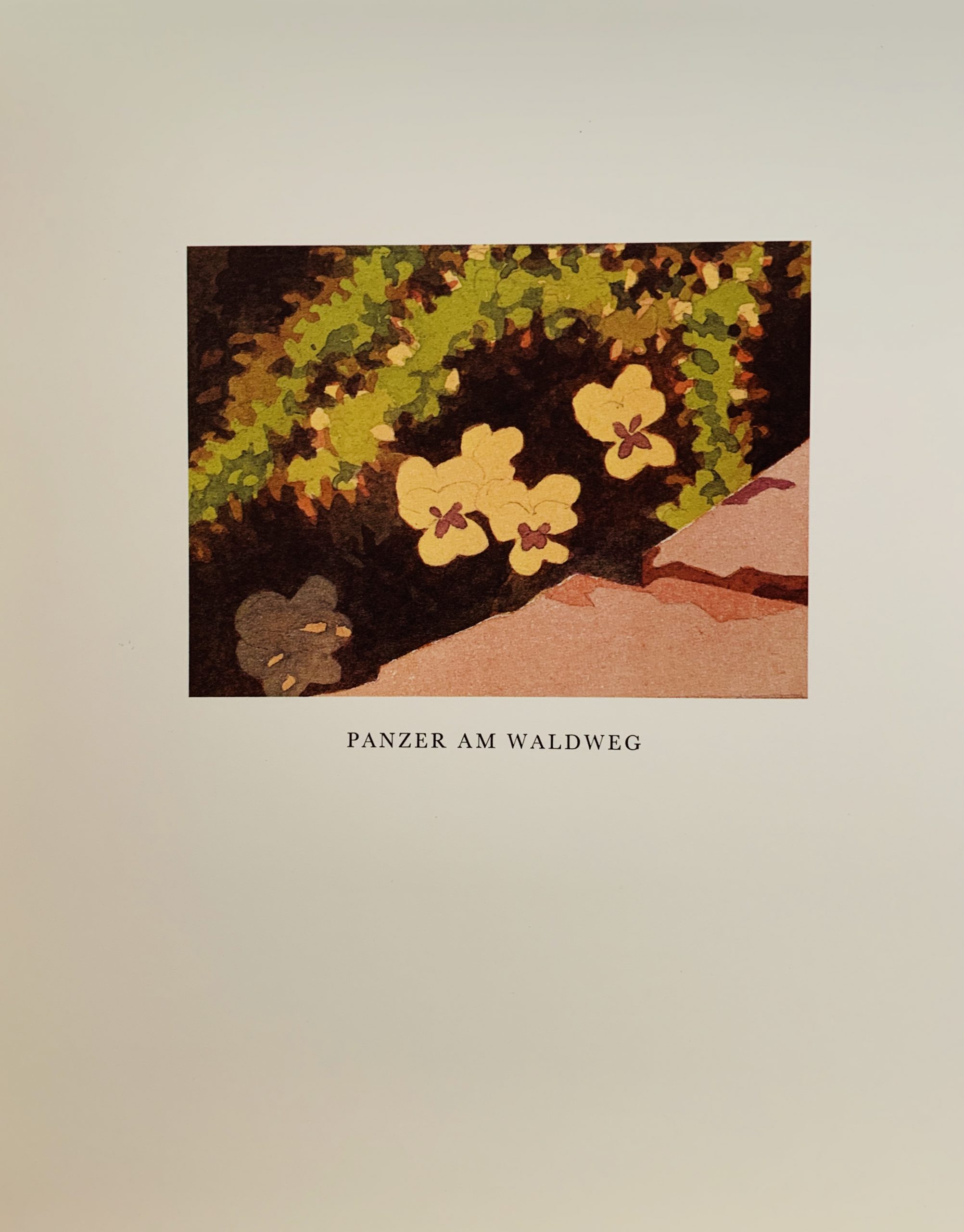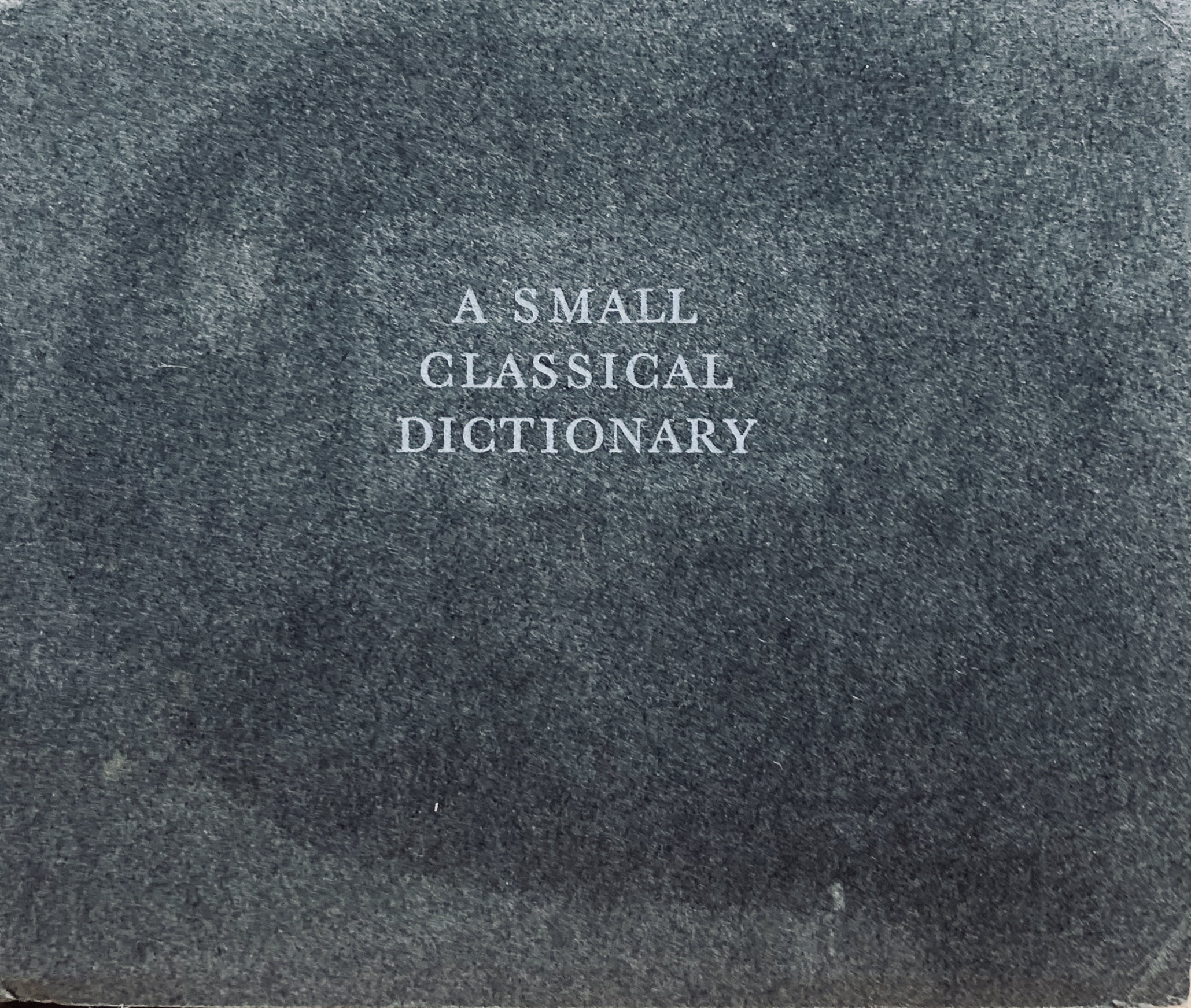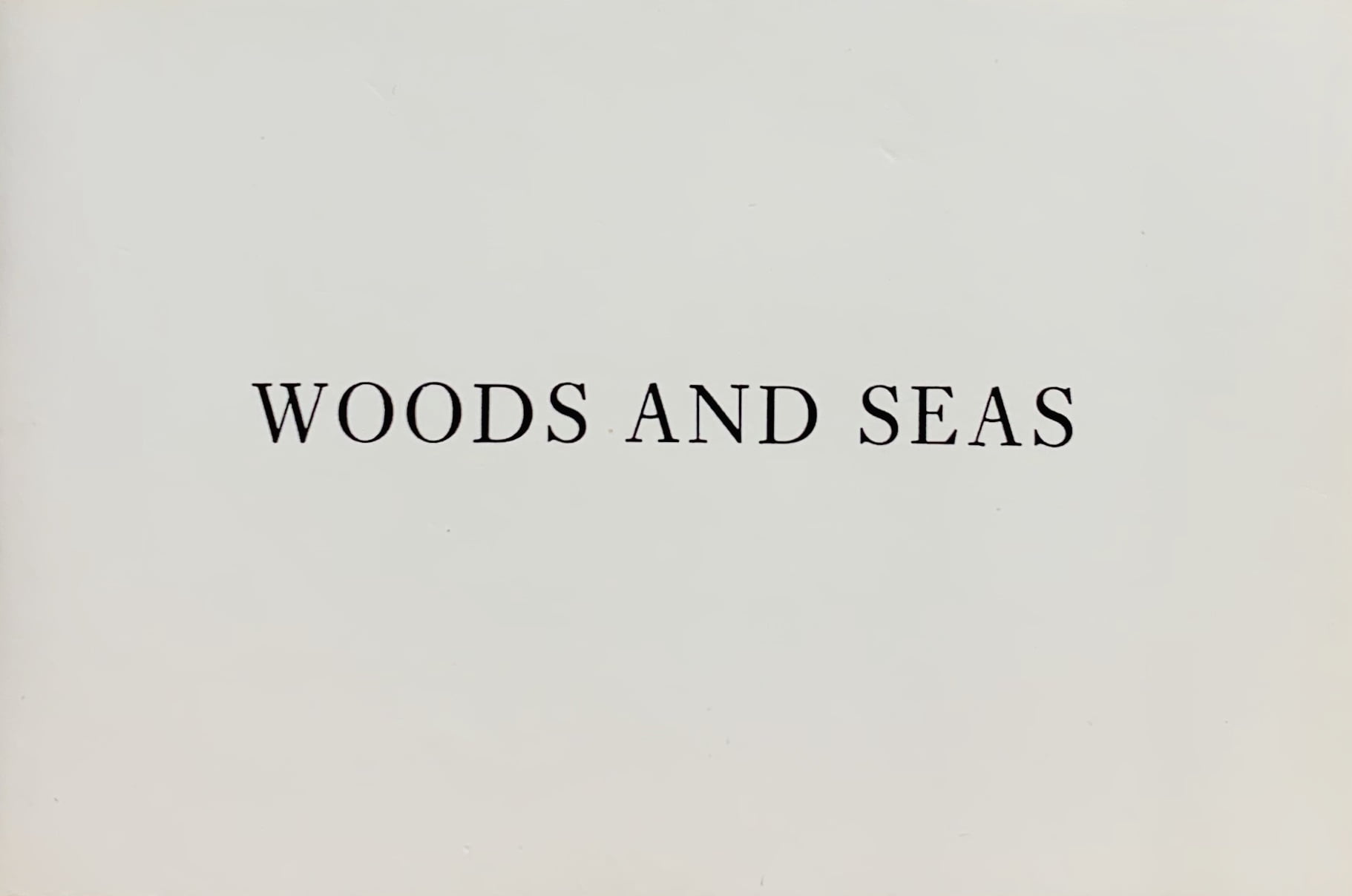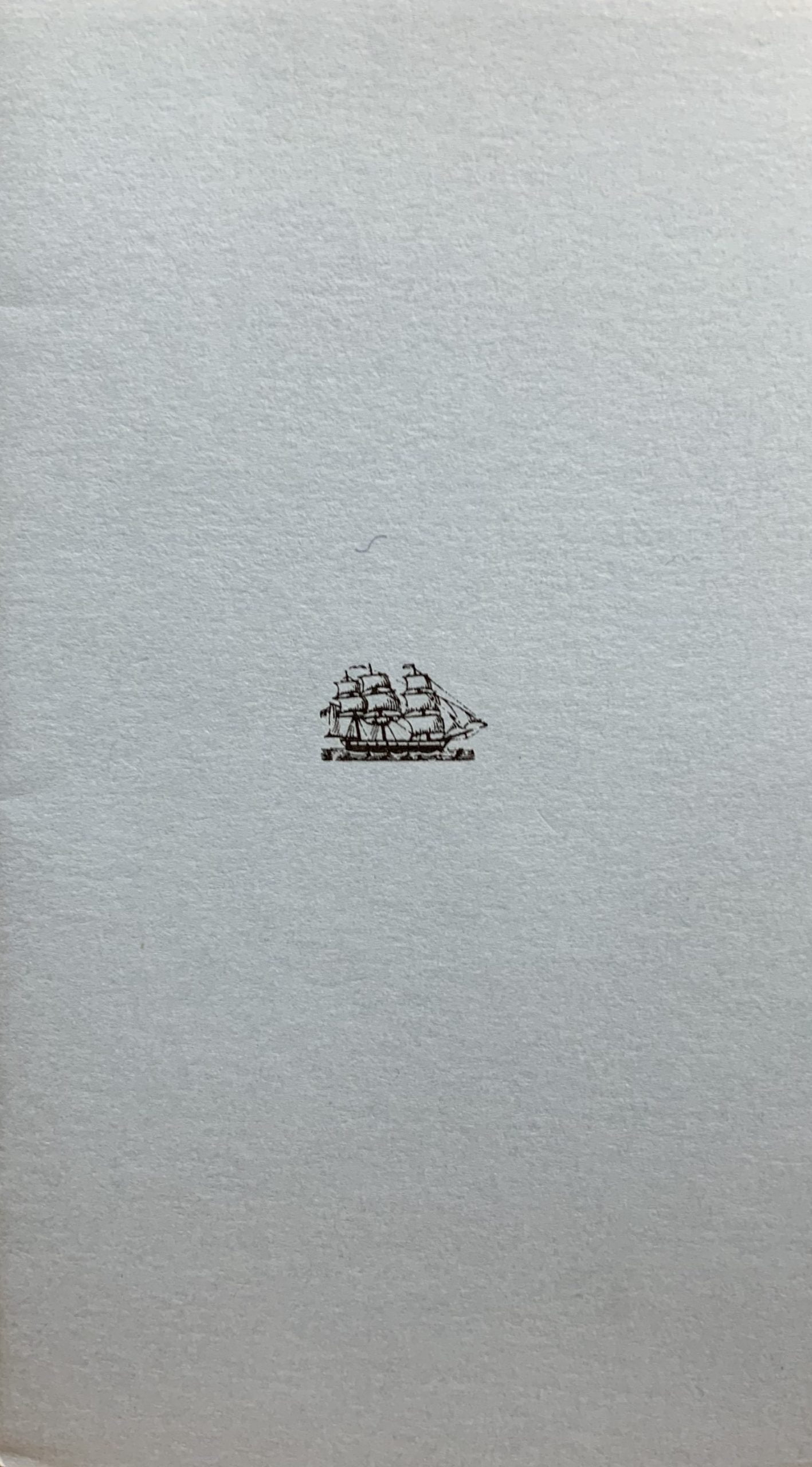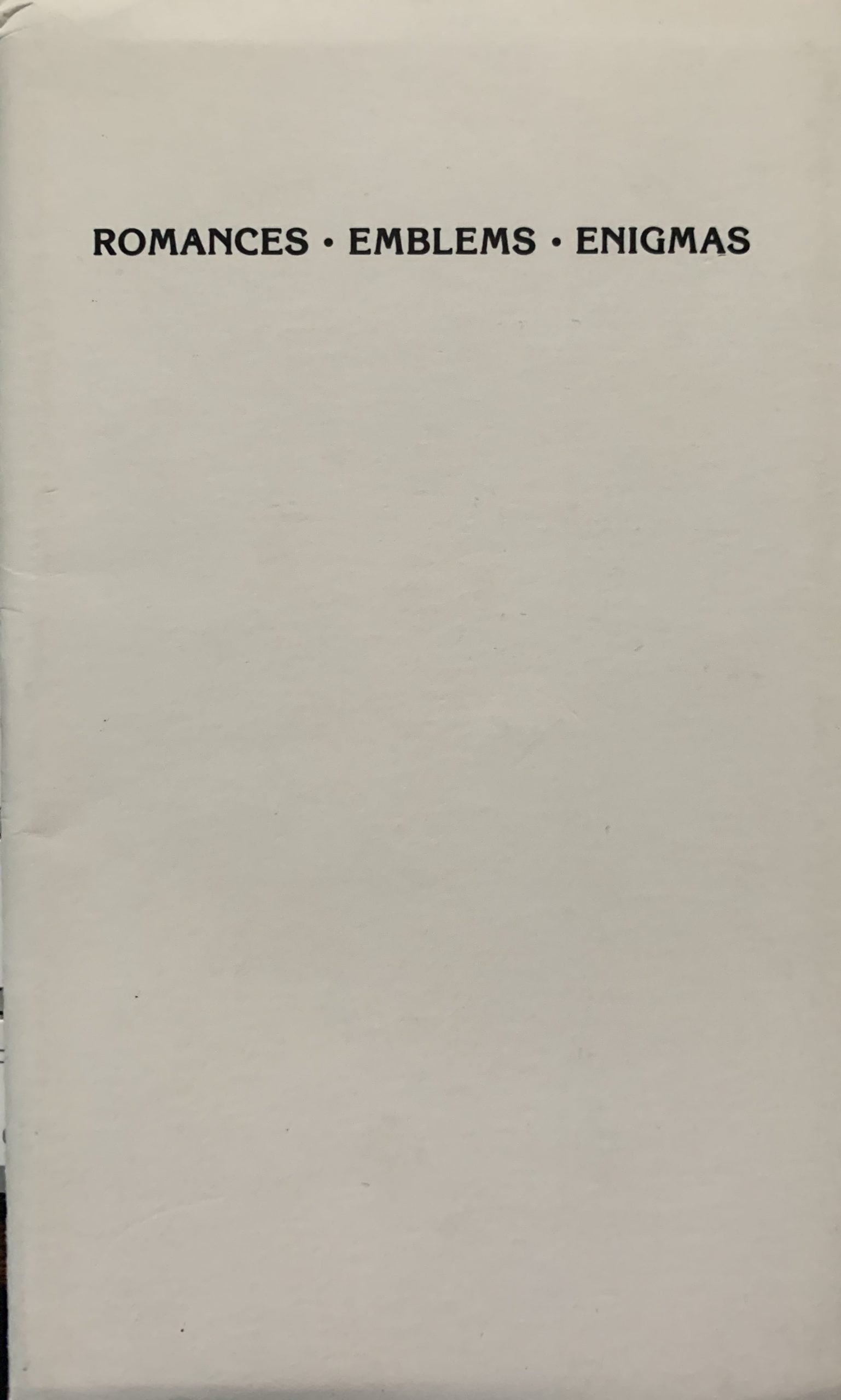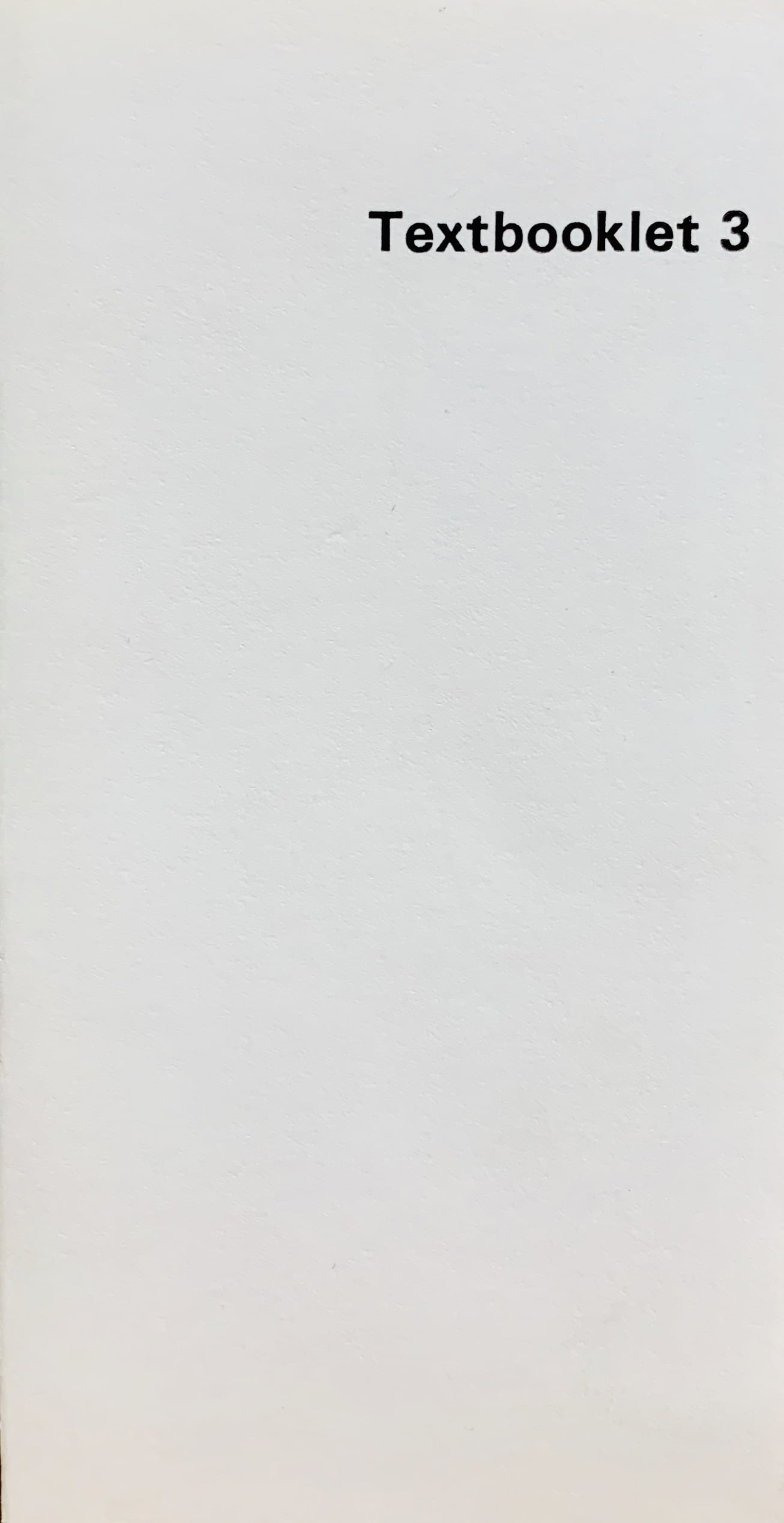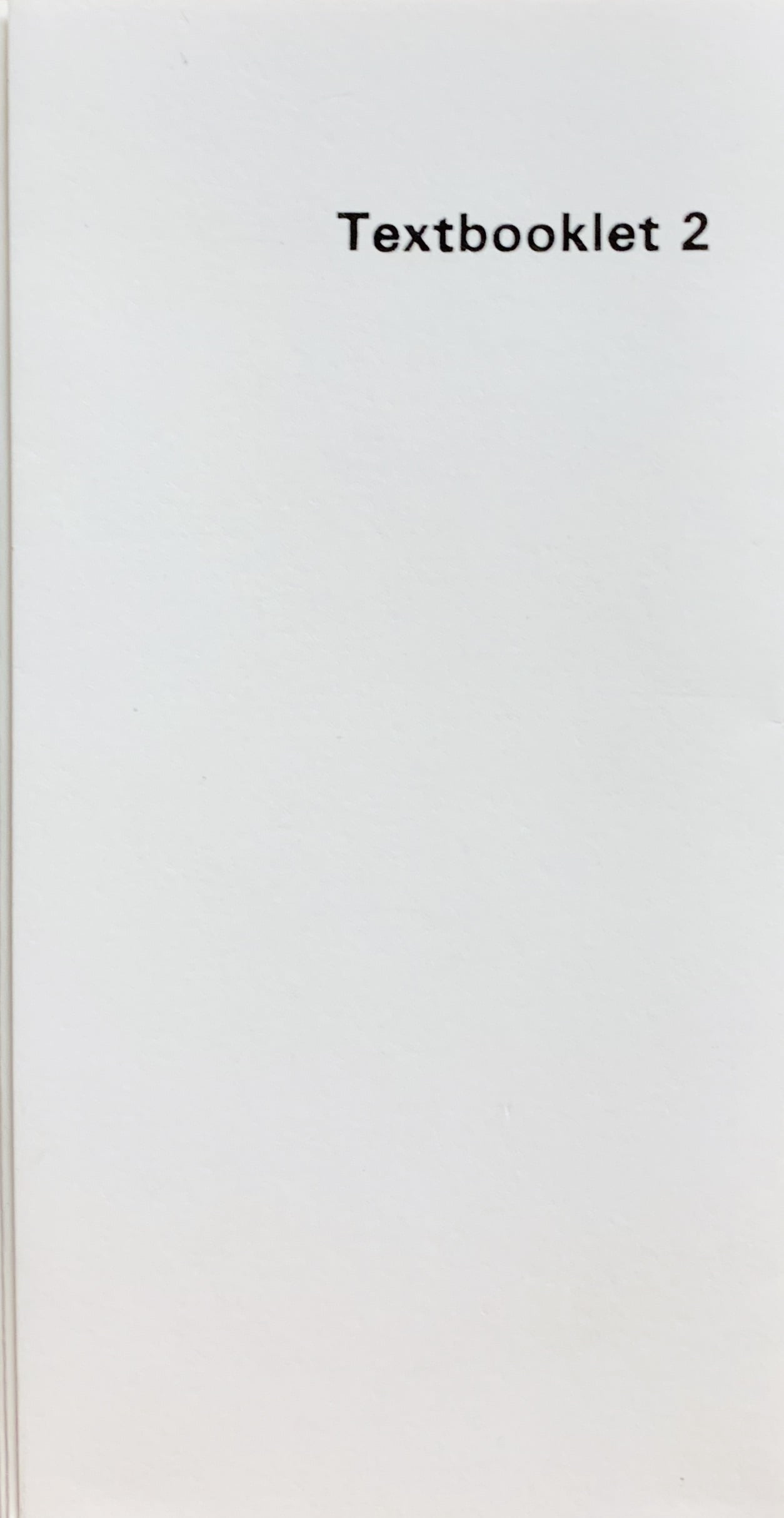15 Feb LITTLE SERMON SERIES. ORGY OF THE CHERRIES. 1982.
Dunsyre, : Wild Hawthorn Press, (1982)
7.5 x 9.5cm, 12pp plus card wrappers and printed pink dust jacket.
Artist's book with two drawings by Ian Gardner - one entitled The Orgy of The Cherries - where the stalks and stones are scattered and L'Idylle de Cerises where the cherries are uneaten and the stalks still attached. The L'Idylle de Cerises is a reference from a chapter heading from Rousseau's Les Confessions. Cherries are associated with sexual pleasure and Rousseau mentions them in a context of mild desire. The book (printed on pink to reflect the colour of the fruit) shows the detritus of cherry eating - with all the stones scattered - as a metaphor for an orgy when all the participants are exhausted and strewn across the bed. VG+.
...

